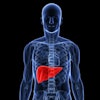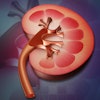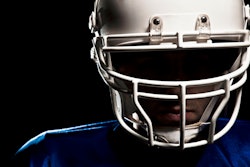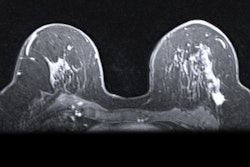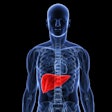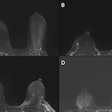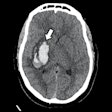Increased perivascular space volume (PVS) in the brains of former football players appears to be associated with repetitive head impacts (RHI), cognitive impairment, and the development of neurodegeneration, researchers have found.
A team led by Leonard Jung, MD, of Brigham and Women's Hospital in Boston, reported that these athletes had larger PVS volume compared with the unexposed group -- a finding that was associated with poor cognitive performance. The results were published August 26 in JAMA Network Open.
"Larger PVS volume was associated with greater exposure to repetitive head impacts," the group noted. "Additionally, PVS volume was associated with worse performance on cognitive tests."
Repetitive head impacts are quite common among those who play contact sports, and evidence continues to build that suggests a link between these impacts and increased likelihood of developing neurodegenerative disorders and dementia. Some research has shown that dementia following exposure to repetitive brain injury is associated with a buildup of tau proteins in the brain; "perivascular transport" is how the body clears these proteins, but it remains unclear as to whether brain injuries affect this process. Increased PVS volume suggests higher risk of cognitive effects from repetitive brain injury, and can be tracked using structural MR imaging.
"Previous research suggests that the presence of MRI-visible PVS is associated with an increased risk of developing neurodegenerative diseases in general that could lead to cognitive decline and dementia over time," the group noted.
Jung and colleagues explored whether PVS volume measured on MR imaging is associated with RHI exposure in former football players. They conducted research using data from a seven-year study that included four U.S. sites called the Diagnostics, Imaging, and Genetics Network for the Objective Study and Evaluation of Chronic Traumatic Encephalopathy (DIAGNOSE CTE) Research Project; the information used was collected from September 2016 to February 2020.
The study included 224 male participants. Of these, 170 were former football players (114 professional athletes and 56 college athletes) and 54 were controls. Most (63.8%) were White; most (28.2%) were offensive backs and receivers; mean duration of football play was 15.9 years, and median age of first exposure to repetitive brain injury was 11 years old. The researchers used three cumulative head impact indices (CHII-G, linear acceleration; CHII-R, rotational acceleration; and CHII, number of head impacts) to establish individuals' exposure to repetitive head injury and structural MRI to calculate white matter PVS volume. They assessed each individual's cognitive health using neuropsychological tools (such as the Montreal Cognitive Assessment (MoCA).
The group found the following:
- Former football players had larger PVS volume compared with the unexposed group, with a mean difference of 0.28 (p = 0.05). Larger PVS volume is thought to reduce perivascular transport.
- Among former football players, PVS volume was associated with higher incidences of rotational acceleration (beta level = 2.71, p = 0.03, with 1 as referenced) and linear acceleration (beta level = 2.24, p = 0.03).
- Larger PVS volume was also linked to worse performance on cognitive functioning in former American football players (beta level = -0.74, p = 0.04).
"Additionally, among former football players, larger PVS volume was associated with more extensive exposure to RHI, as well as with worse cognitive and executive functioning," the investigators wrote. "These findings suggest an association between exposure to RHI, larger PVS volume, and worse cognitive function. This could indicate impaired brain clearance in former athletes with exposure to RHI."
The complete study can be found here.


